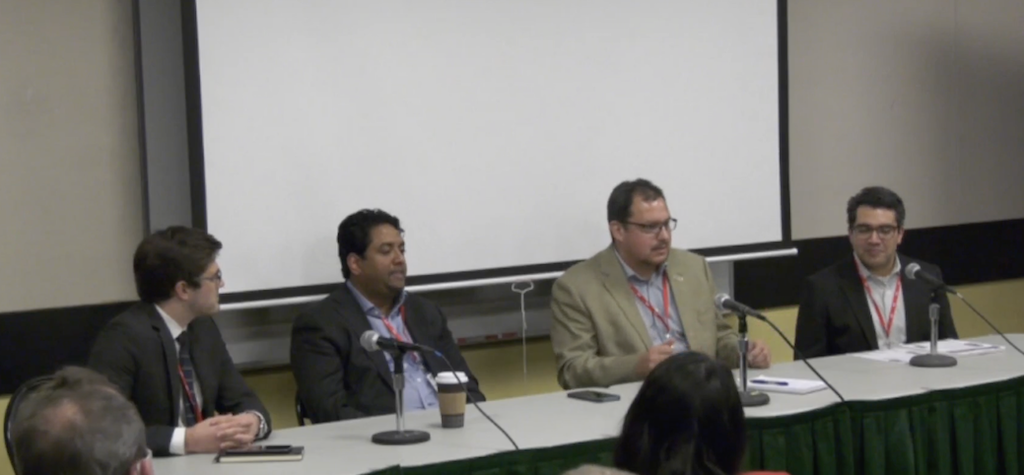Cities Collecting Broadband Data for Maps Ahead of FCC
The FCC is racing to release updating maps to federal money can begin moving out of the door.
Ashlan Gruwell

PORTLAND, February 17, 2022 – Some city broadband officials said Wednesday that they have been collecting their own broadband map data ahead of the Federal Communications Commission’s own effort to provide maps, which could come as soon as this summer.
Juliet Fink Yates, from Philadelphia’s Office of Innovation and Technology, said at Portland’s Net Inclusion conference her city is collecting their own data as the FCC works on its own. Specifically, her office worked with school districts to survey the broadband situation in local areas, but the office faced a problem when unserved and underserved could not complete the questionnaire because it was online. This prevented accurate data collection, said Yates, who said the city is now working on a survey that can be translated into five different languages.
The new digital inclusion manager for San Antonio, Candelaria Mendoza, said her office is also conducting their own surveys on the quality of internet service, another local effort to expand broadband locally.
The states are expected to receive a minimum of $100 million from the Infrastructure, Investment and Jobs Act, passed in mid-November. Before the National Telecommunication and Information Administration can distribute the $42.5 billion in broadband funds allocated from the bill, the FCC will need to complete its maps, which Commerce Secretary Gina Raimondo said could come this summer.
But for a while now, around the country, states have been working on their own maps, despite the FCC promoting some of their test maps as the most accurate. States including Georgia and Maine have instituted measures to collect their own broadband data.
Some states are flush with cash not just from their own coffers, but from existing pandemic funds from the federal government. These states have been trying to figure out how to utilize American Rescue Plan Act money to put toward broadband – and accurate maps are often needed to figure out where exactly those funds need to go.
But Mendoza said the $65 billion allocated by the IIJA is not be enough to connect every American and that setting the “unserved” threshold below speeds of 25 Megabits per second download and 3 Mbps upload – which to her is too low – should make everyone “offended.” However, she did not say what would be a more adequate alternative.
Getting ahead of natural disasters, digital equity plans
Veneeth Iyengar, executive director of the Louisiana Office of Broadband and Connectivity, also shared insight into how exactly his office is addressing the unique challenges Louisiana faces due to hurricanes.
According to Iyengar, his office is surveying the land south of Interstate 10 in an effort to determine where it could put infrastructure underground. Most of Louisiana’s infrastructure is above ground, on poles, which is then crippled by harsh weather and heavy winds.
For Portland’s Office for Community Technology and Digital Inclusion Network, it’s about coming up with a plan to tackle these issues. Rebecca Gibbons, the office’s strategic initiatives manager, said her office has been working with lawmakers and community partners, like local libraries, to make a digital equity plan.









Member discussion